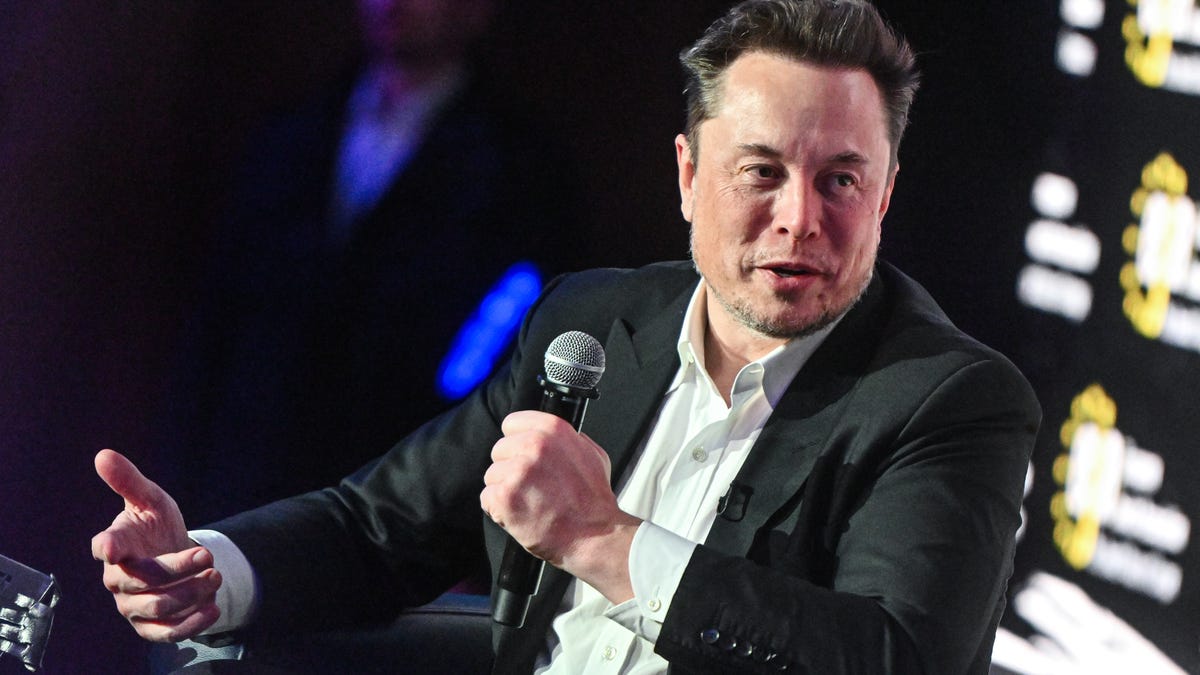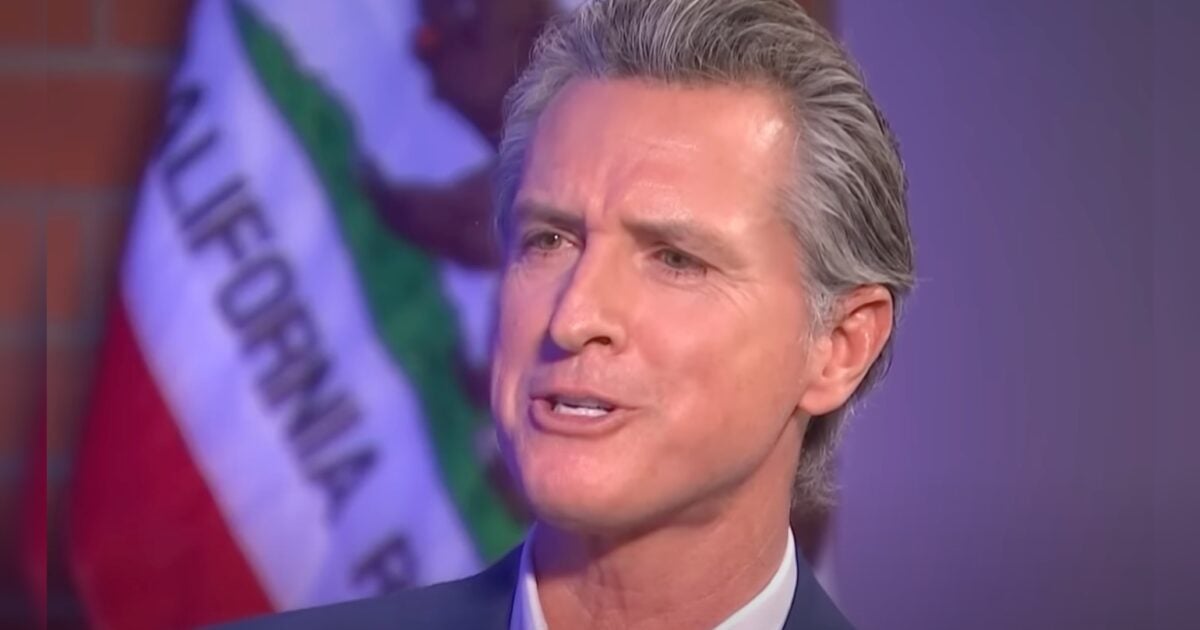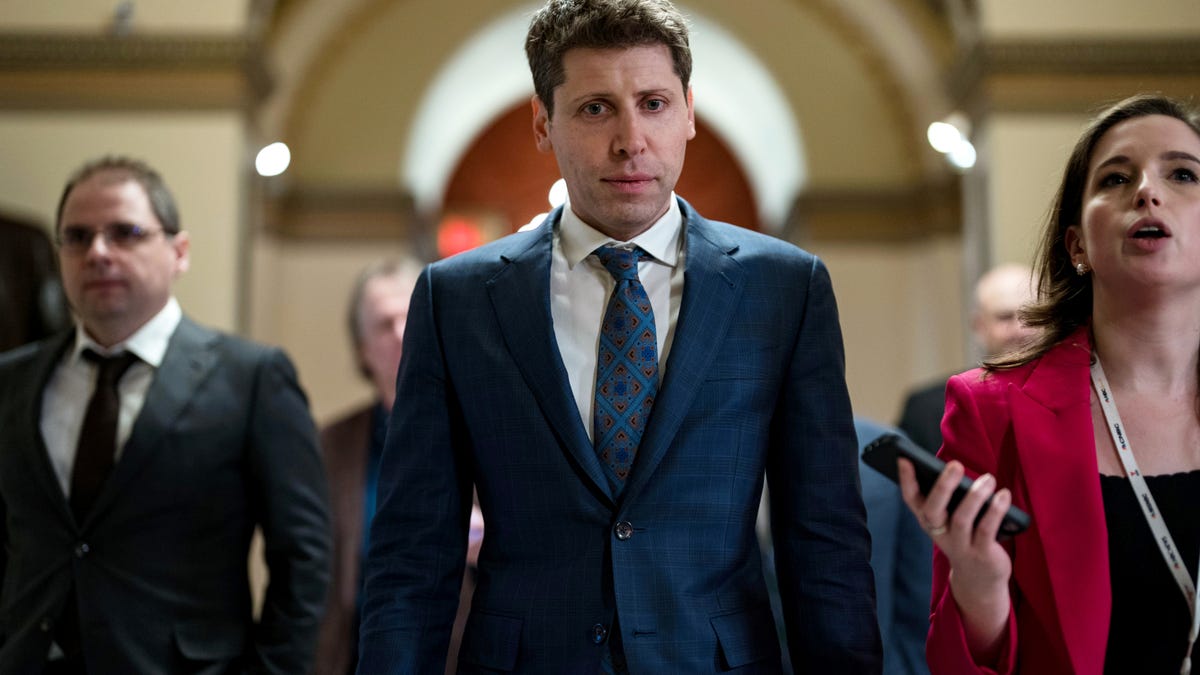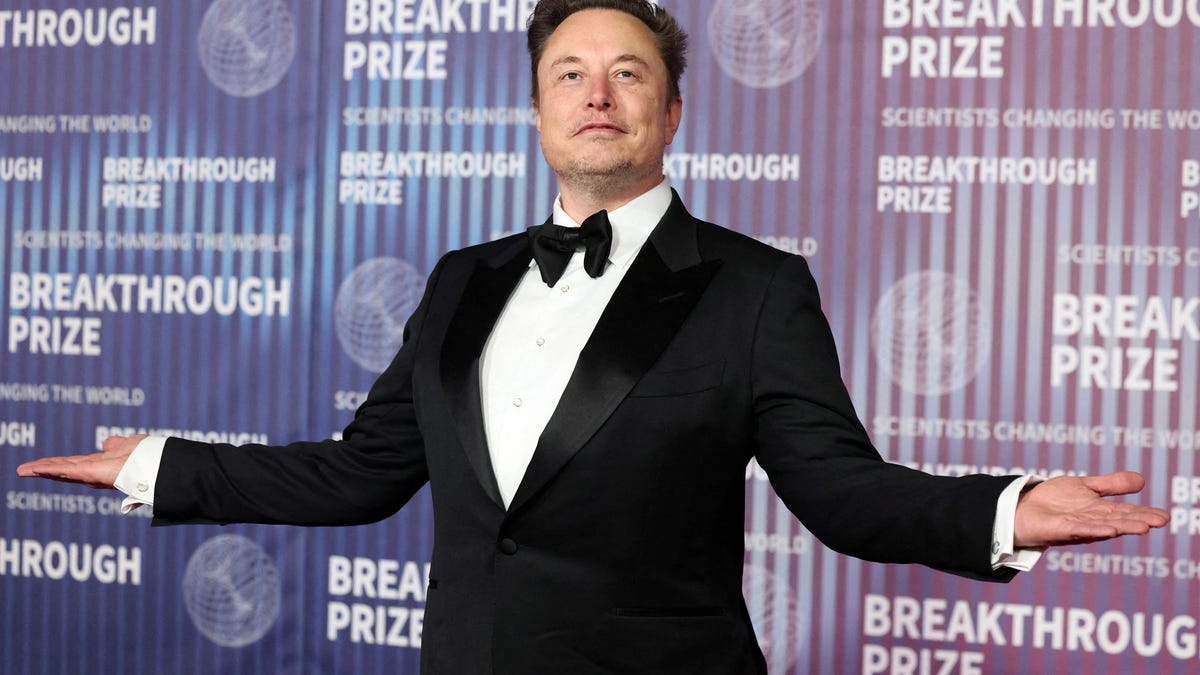Tesla to Invest Over $500 Million Expanding Supercharger Network
Following a recent downsizing of its Supercharger division, Tesla’s CEO Elon Musk has announced plans to allocate more than $500 million towards expanding the network. Musk emphasized that this significant investment will lead to the creation of thousands of new chargers throughout the year.
Background on Supercharger Network Expansion
Prior to this announcement, Musk had indicated that the growth of the Supercharger network would continue, albeit at a slower pace for new locations, with a stronger emphasis on fortifying existing sites. It was also noted that ongoing projects would be completed and additional Superchargers would be added in areas with gaps.
The sudden halt in operations of Tesla’s Supercharger division, responsible for significantly enhancing the company’s fleet of ultra-fast chargers for electric vehicles, took many by surprise. In the previous year, Tesla had been responsible for delivering approximately 8% of the global demand for public charging capacity, placing the company on track to secure a substantial share of the estimated $127 billion EV charging industry by 2070.
Unfortunately, the division underwent substantial workforce reductions, resulting in the layoff of most employees including its head, Rebecca Tinucci, a decision that coincided with Musk’s directive to streamline Tesla’s workforce aggressively. These changes raised concerns about the impact of the slowdown on Tesla’s charging infrastructure development and the broader EV industry.
Implications for Electric Vehicle Adoption in North America
The scaling back of Tesla’s operations could potentially hinder the achievement of charging infrastructure and EV adoption objectives, particularly in North America where the company operates the majority of high-speed chargers. Estimates suggest that around 400,000 chargers are required to support 40 million EVs by 2030.
Tesla’s reduced presence poses challenges for the electric vehicle market, as other charging companies consider the implications of this shift in competitive dynamics. Companies such as EVgo view Tesla’s retreat from charging as a significant alteration in the charging landscape and are exploring opportunities to capitalize on the situation, including engaging with former Tesla employees to leverage their expertise.
In response to Tesla’s announcement, oil giant BP has expressed intentions to bolster its charging network efforts and committed to investing $1 billion by 2030 for expansion purposes. The company’s proactive stance in acquiring real estate for network expansion underscores the increased competition within the charging sector.
Moreover, BP’s recent order of $100 million worth of Superchargers for installation across its U.S.-based network underscores the company’s strategic approach to catering to the growing EV market. This move aligns with BP’s broader strategy of enhancing its infrastructure to meet the evolving demands of electric vehicle users.
Competitive Landscape and Talent Acquisition
The evolving competitive landscape in the charging sector has prompted companies like BP and EVgo to evaluate opportunities for growth and expansion in response to Tesla’s shifting focus. With Tesla’s downsizing resulting in a talent pool of experienced individuals seeking new employment opportunities, companies are actively recruiting former Tesla Supercharger employees to strengthen their teams.
EnviroSpark CEO Aaron Luque emphasized the significance of Tesla’s downsizing in creating a unique talent acquisition opportunity for the industry, highlighting the influx of applications from former Tesla employees. This influx of talent could potentially drive innovation and advancement within the EV charging infrastructure domain, shaping the future of electric vehicle technology.
Image/Photo credit: source url





